Design=Function=Style
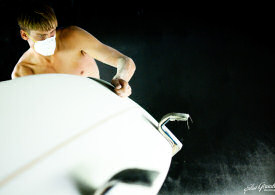 While I’m casually checking the web for surfing insprations, I always
end up looking up one of Robin Kegel boards, under the Gato Heroi label.
Robin’s boards stand out of the ordinary longboard scene, with unique
shapes and even more elite glass jobs. Compared to the wide, fat single
fin logs we’re used to seeing out of California, Robin’s logs are a
whole world apart.
While I’m casually checking the web for surfing insprations, I always
end up looking up one of Robin Kegel boards, under the Gato Heroi label.
Robin’s boards stand out of the ordinary longboard scene, with unique
shapes and even more elite glass jobs. Compared to the wide, fat single
fin logs we’re used to seeing out of California, Robin’s logs are a
whole world apart. Like his boards, Robin stands outside the mainstream longboard scene with a very personal and somehow controversial opinion about it. Robin is back in Europe, after a very successful trip last year. He will be shaping a limited number of boards in France, Italy and the UK. Perfect timing to ask him a couple questions. Photos: Elsa Girault.
RR: Some say you’re shaping the future of longboarding, some that your logs are too weird and hard too hard to ride, what’s the truth?
Well, it’s a muddied perspective. I mean, look at the traditional longboarding death and resurgence led by Joel Tudor. Personally I think classic longboarding has no future – just as shortboarding has no future. I’ll explain.
When a surfer is ready to take off and is moves to walk (and pose) there’s no wave function or setup dynamic. Just as shortboarding experienced decades ago, when the approach was to engage only in the end zone of the wave, to boost tricks.
Modern surfing incorporates the full use of waves and functional direction change, harnessing power and poise. Pivot fin logs and concave noseriders don’t allow themselves to be set on the rail properly. They rely on drag. There’s no future in that, the best one can do on those is get a controlled noseride or dropknee cutback. It comes down to design =function = style.
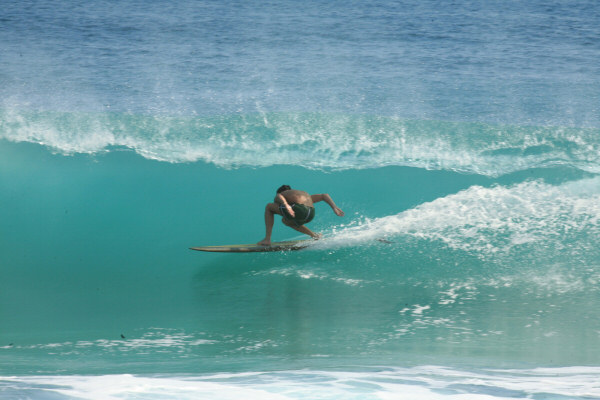
RR: One of the things I admire about Gato Heroi boards is that it’s common to see them in bigger or very hollow surf, not just on smaller waves like most of the classic single fin logs. Why’s that?
Each board has its own features. The bottoms straighten out as the wave intensity increases. The aim is to be in the tube, with the full rail splitting the tube.
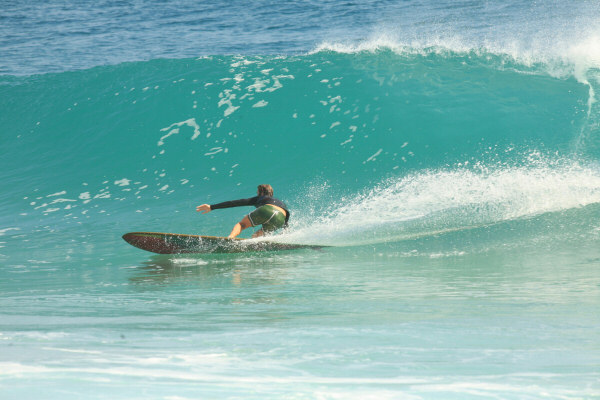
RR: Gato Heroi has more shapers than ever working on your designs. Does that leave you more time to travel and develop new creations?
Southern California needs to be self-sufficient. It’s a bubble. I’ve left, others will stay there. They are self-sufficient there. I’m glad to keep it as our home base. My friends get a chance to work on boards there while I’m gone.
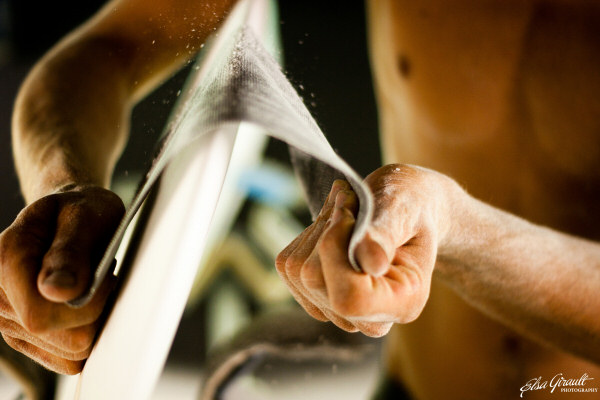
RR: Last year you went on a big summer tour around Europe, shaping in France, UK and Italy. How was that?
The rhythm of the surf differs a bit there, especially in the Med. Short quick pockets of foam. Basque country has more rolling flatter faced waves. Each place featuring its own feeling, each requiring different equipment. I plan on staying longer this year.
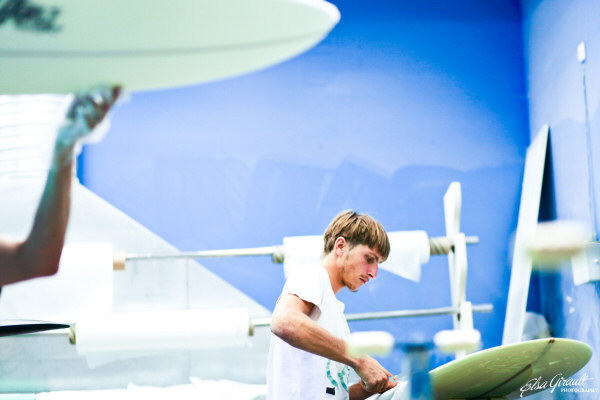
Robin Kegal
The beach breaks will ride boards under nine feet. The reefs break very different from the beaches. Travelling with a quiver I’ll find the key elements for each spot. The guys that ride shortboards and experimental equipment interest me. They are lower in the water and more connected in a lot of ways. Most core longboard guys in Europe seem sceptical of change.
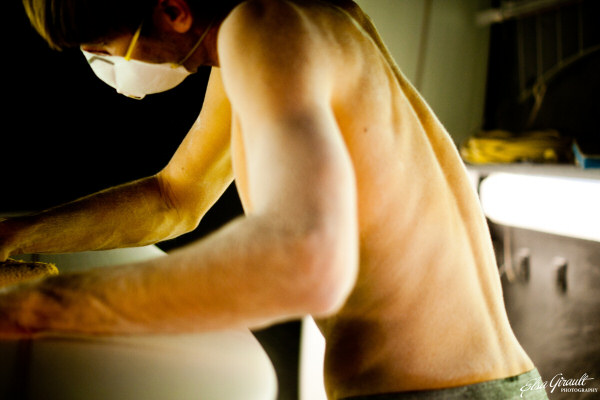
RR: Have you had good sessions in Europe?
Many. Riding single fins with decreased rocker line means more fun in imperfect conditions as there’s less resistance. It allows me to take advantage of days when the surf is disorganised and most people let pass by.
RR: You’ve already been to Japan and Australia this year and you’re going to be back in France again right?
Well, I always start the New Year in Oahu. Then I just avoided the earthquake in Fujisawa by a week. Australia feels like it was an average dream. I’ve dropped into the groove of a little work and surf each day. I hope France provides a little surf every day. I’ll live that way.
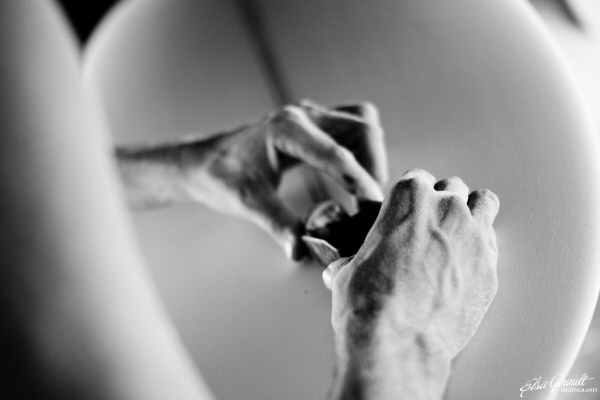
RR: You’re hand shaping and glassing all your boards, even here in Europe. It’s not very common to see shapers glassing at all, but on a shaping trip, that’s even more rare. Is it important?
I cater to the shape when I glass the boards, and I often reshape as I sand.
RR: Your boards have a very distinct image – the laminations are unique. Where do you get those ideas from?
Well I tend to over-stretch the lamination to really see the shape through the wet cloth. It’s part of being a shaper; to get it as dry as possible to see your shape. That led me to many accidental techniques over the years.
Sometimes I see in colour. I let my eyes go blurry close up to objects and see straight into the colour. Then I think of moods, foods, artists and landscapes and try to recreate the experience on the board. The colour affects the ride.
Follow Robin’s trip in Europe.
More photos by Elsa Girault.
Fuente: http://www.driftsurfing.eu/index.php/archives/7937














